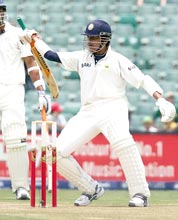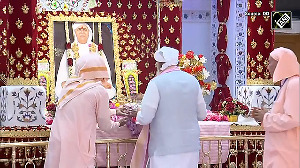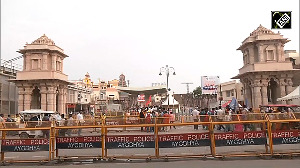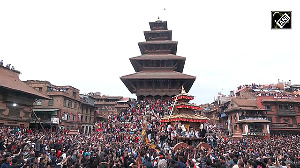Shashi Tharoor wrote recently of the attributes that make Kerala and its natives a unique place and people. The defining feature, the nearly-UN Secretary General observed, was the humility of the Malayali. An earthy, self-deprecating demeanour in the face of scarcely believable achievements in education, healthcare, literature, cinema and the like. I can vouch for that.
Having grown up in and lived most of my thirty-something years in Calicut, I can say with just a trace of oxymoronic pride that we must be among the most humble people going around. We do not flaunt success and its trappings well. There is an almost perceptible hesitation in going all the way to the top, in cultivating the persona that is all too easily associated with achievement. Examples abound.
 An Adoor Gopalakrishnan, for all his seminal contributions to Indian cinema is never spoken of in quite the same breath as a Satyajit Ray. Vaikkom Mohammed Basheer may have been the closest to winning the literature Nobel for India after Tagore, but is seldom considered in the same league as a Naipaul.
An Adoor Gopalakrishnan, for all his seminal contributions to Indian cinema is never spoken of in quite the same breath as a Satyajit Ray. Vaikkom Mohammed Basheer may have been the closest to winning the literature Nobel for India after Tagore, but is seldom considered in the same league as a Naipaul.
Sport has thrown up a smattering of stars from the state, but even they, bright as they shone transiently, never truly laid claim to the world stage and rarely proclaimed their dominance with even a semblance of chutzpah.
Cricket offers an especially humble pantheon of achievers from the state. The few that owe their ancestral roots, surnames or upbringing to Kerala, never really went the entire distance.
Sunil Valson, a member of Kapil Dev´s all-conquering side did not play a single game in the 1983 World Cup. Abbey Kuruvilla, arguably the quickest fast bowler in the country in his prime, only flattered to deceive. An especially poignant anecdote, and one that I suspect is little known, is Abbey´s dismissal of Brian Lara and Carl Hooper in a tour game played in the Corporation stadium in Calicut in 1994.
A venue known traditionally to host a full house for even club-level football games was virtually empty on the day, thanks to a political bandh. The few witnesses to Kuruvilla´s prize scalps were, like me, forced to content themselves staying indoors and watching Doordarshan's coverage of a game being played in our very own town.
Tinu Yohannan similarly raised hopes that he might scale heights untouched by his dad, a champion long jumper and Asian Games gold-medallist in 1974. Tinu however had an eminently forgettable run in the national side and is currently struggling to find form in the Plate division of the Ranji Trophy league that Kerala belongs to.
It is in the context of these ordinary predecessors that Santhakumaran Sreesanth´s recent heroics in South Africa must be acknowledged. That is not all though.
Claiming eight wickets in a winning cause and counting Graeme Smith and Jacques Kallis amongst his victims is only part of the unique story that Sreesanth has scripted. The charge down the track and agricultural hoick off the infuriatingly chirpy Andre Nel followed by what I can only describe as a part-jig, part-war dance, bat-twirling, fist-pumping routine was the standout moment of the Test for me.
If Sourav Ganguly´s shirt-waving celebration atop prim and proper Lord´s signalled a singular change in the collective psyche of Indian cricket and its followers, I suspect that young Sreesanth's South African item will contribute substantially towards endowing this Indian side with a spine and not a little spunk.
Meanwhile, in football-crazy Kerala, it may well be marked as the time a young man broke free from the ranks of the also-rans and nearly-theres to those of the finally-arrived. We needed someone to do just this. Ask Shashi Tharoor if you don't believe me.







 © 2025
© 2025